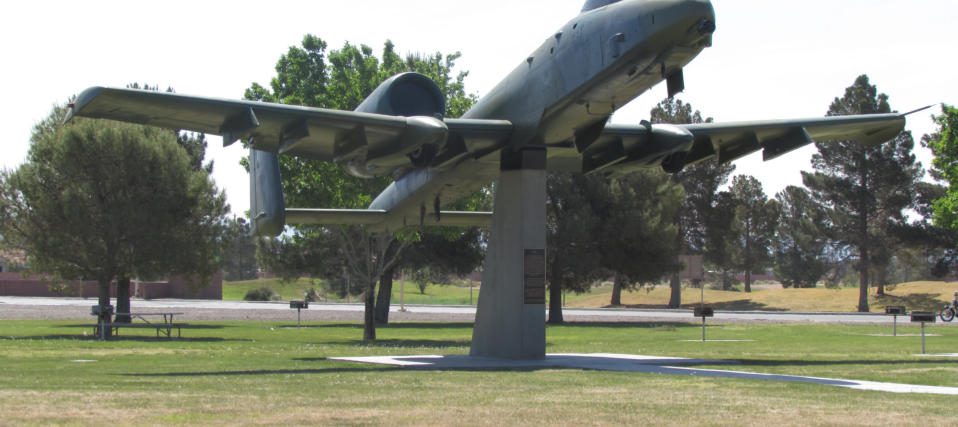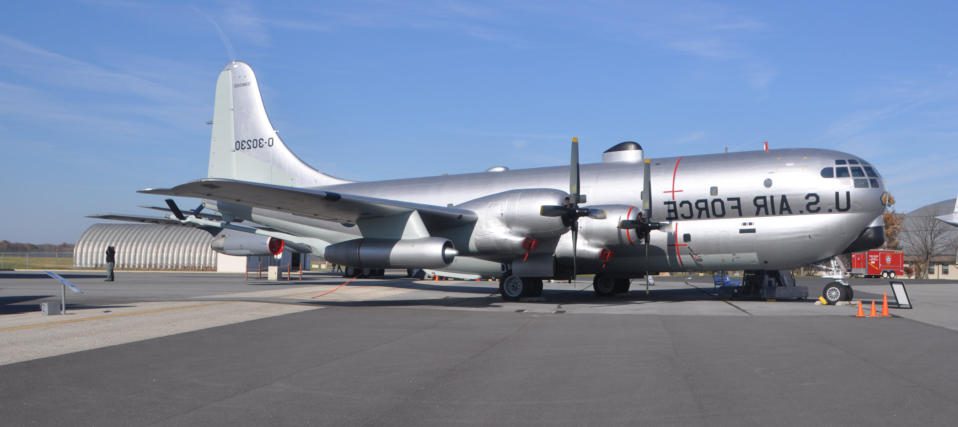Optional Subtitle
Paint Removal and Related Environmental Services
Stripping the Finish The most experienced painter, the best finishing equipment, and newest coatings, do not produce the desired finish on an aircraft if the surface was not properly prepared prior to refinishing. Surface preparation for painting of an entire aircraft typically starts with the removal of the paint. This is done not only for the weight reduction that is gained by stripping the many gallons of topcoats and primers, but for the opportunity to inspect and repair corrosion or other defects uncovered by the removal of the paint.
Before any chemical stripping can be performed, all areas of the aircraft not being stripped must be protected. The stripper manufacturer can recommend protective material for this purpose. This normally includes all window material,
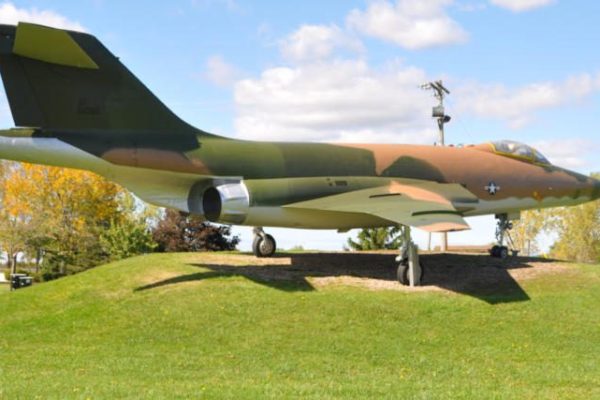

Feature #1
Paint is more than aesthetics; it affects the weight of the aircraft and protects the integrity of the airframe. The topcoat finish is applied to protect the exposed surfaces from corrosion and deterioration. Also, a properly painted aircraft is easier to clean and maintain because the exposed surfaces are more resistant to corrosion and dirt, and oil does not adhere as readily to the surface
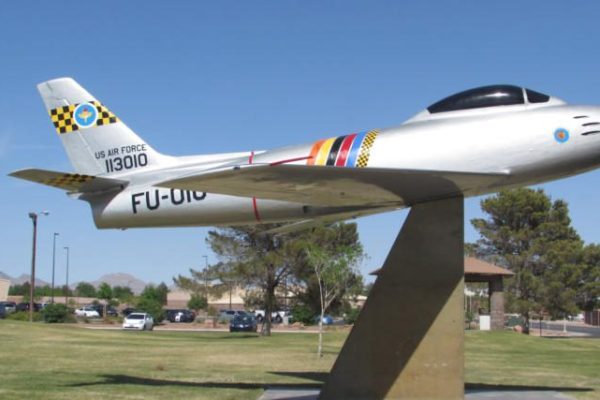

Feature #2
A wide variety of materials and finishes are used to protect and provide the desired appearance of the aircraft. The term “paint” is used in a general sense and includes primers, enamels, lacquers, and the various multipart finishing formulas. Paint has three components: resin as coating material, pigment for color, and solvents to reduce the mix to a workable viscosity
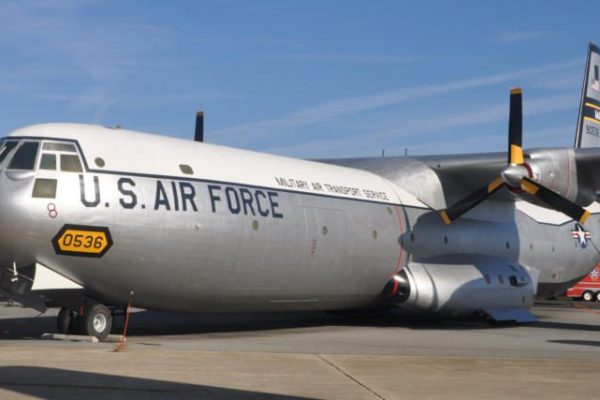

Feature #3
Internal structure and unexposed components are finished to protect them from corrosion and deterioration. All exposed surfaces and components are finished to provide protection and to present a pleasing appearance. Decorative finishing includes trim striping, the addition of company logos and emblems, and the application of decals, identification numbers, and letters.


